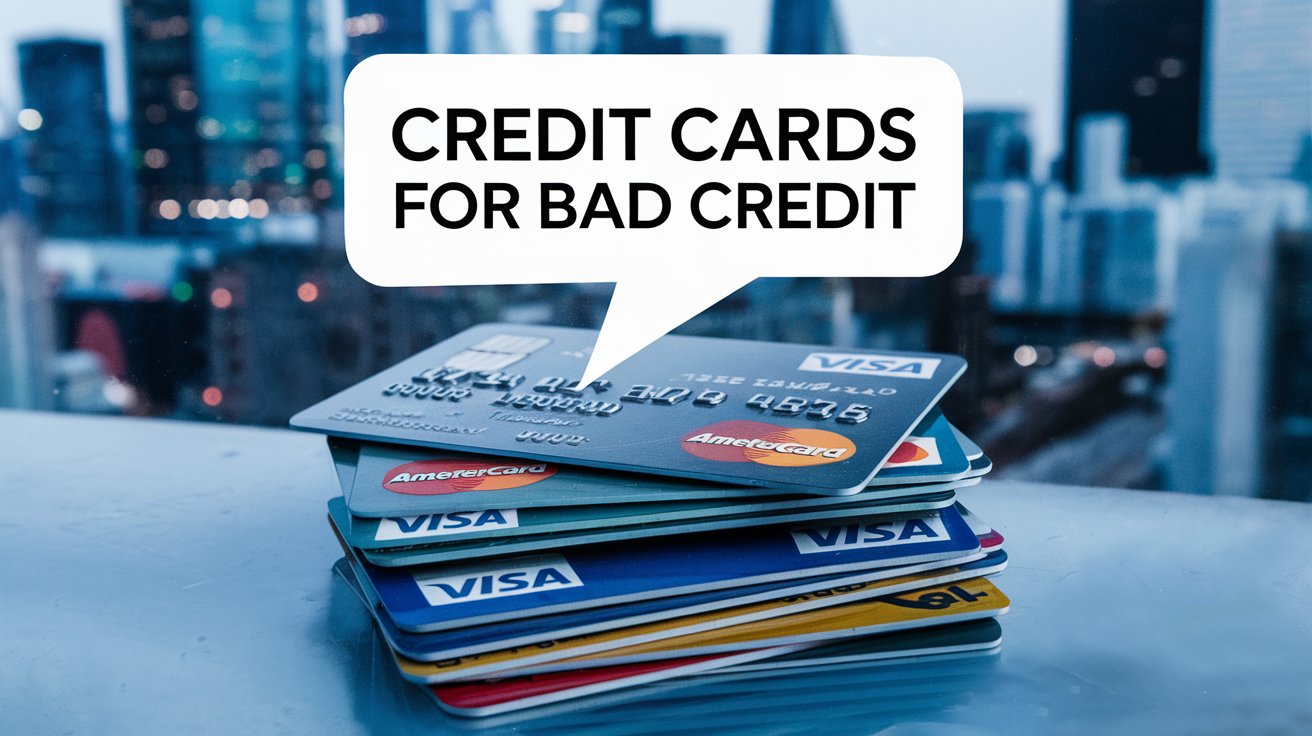
Understanding Your Options: Credit Cards Designed for Credit Rebuilding
Having less-than-perfect credit doesn’t mean you’re out of options when it comes to getting a credit card. Many issuers offer specific cards designed for those working to rebuild their credit history. These cards typically come with more lenient approval requirements and can serve as stepping stones toward better financial products.
Secured vs. Unsecured Cards: What’s Available?
When exploring credit cards for bad credit, you’ll encounter two main types: secured and unsecured cards. Secured cards require a security deposit, which usually becomes your credit limit. This deposit reduces the issuer’s risk, making approval more likely. Unsecured cards don’t require a deposit but may have higher fees and lower credit limits.
Features to Look For
The best credit cards for bad credit should offer:
- Regular credit reporting to all three major credit bureaus
- Clear fee structures without hidden charges
- Online account management tools
- Potential for credit limit increases
- A path to graduate to better cards
Common Application Requirements
Most easy-approval cards will look at:
- Your income and employment status
- Monthly housing payments
- Basic personal information
- Banking relationships
- Recent credit history
Understanding the Costs
While these cards provide valuable opportunities, they often come with specific fees:
- Annual fees (typically $0-$99)
- Monthly maintenance fees (some cards)
- Security deposit requirements (for secured cards)
- Higher APRs compared to traditional cards
Building Credit Successfully
Once approved, focus on responsible card use:
- Keep utilization below 30% of your credit limit
- Make all payments on time
- Monitor your credit score regularly
- Avoid carrying large balances
- Use the card for small, manageable purchases
Graduation Possibilities
Many issuers offer ways to upgrade to better cards:
- Automatic reviews after 6-12 months of responsible use
- Deposit refunds for secured cards
- Access to higher credit limits
- Transition to rewards-earning cards
- Better interest rates over time
Important Considerations
Before applying:
- Check for pre-qualification options
- Compare multiple card offers
- Read all terms and conditions carefully
- Understand the fee structure
- Verify credit reporting practices
Making the Most of Your Card
To maximize the benefits:
- Set up automatic payments
- Use online banking tools
- Track your spending
- Review your statements regularly
- Contact customer service with questions
Frequently Asked Questions
Q: Will applying for multiple cards hurt my credit score?
Multiple credit card applications can temporarily lower your credit score due to hard inquiries. It’s best to research thoroughly and apply only for cards you’re likely to be approved for. Many issuers offer pre-qualification tools that won’t impact your credit score, allowing you to check your approval odds before submitting a formal application.
Q: How long will it take to improve my credit score with a new card?
Credit improvement varies based on individual circumstances, but with responsible use, you may see positive changes within 6-12 months. Consistent on-time payments and low credit utilization are key factors. Remember that credit building is a marathon, not a sprint, and maintaining good habits over time will yield the best results.

Leave a Reply